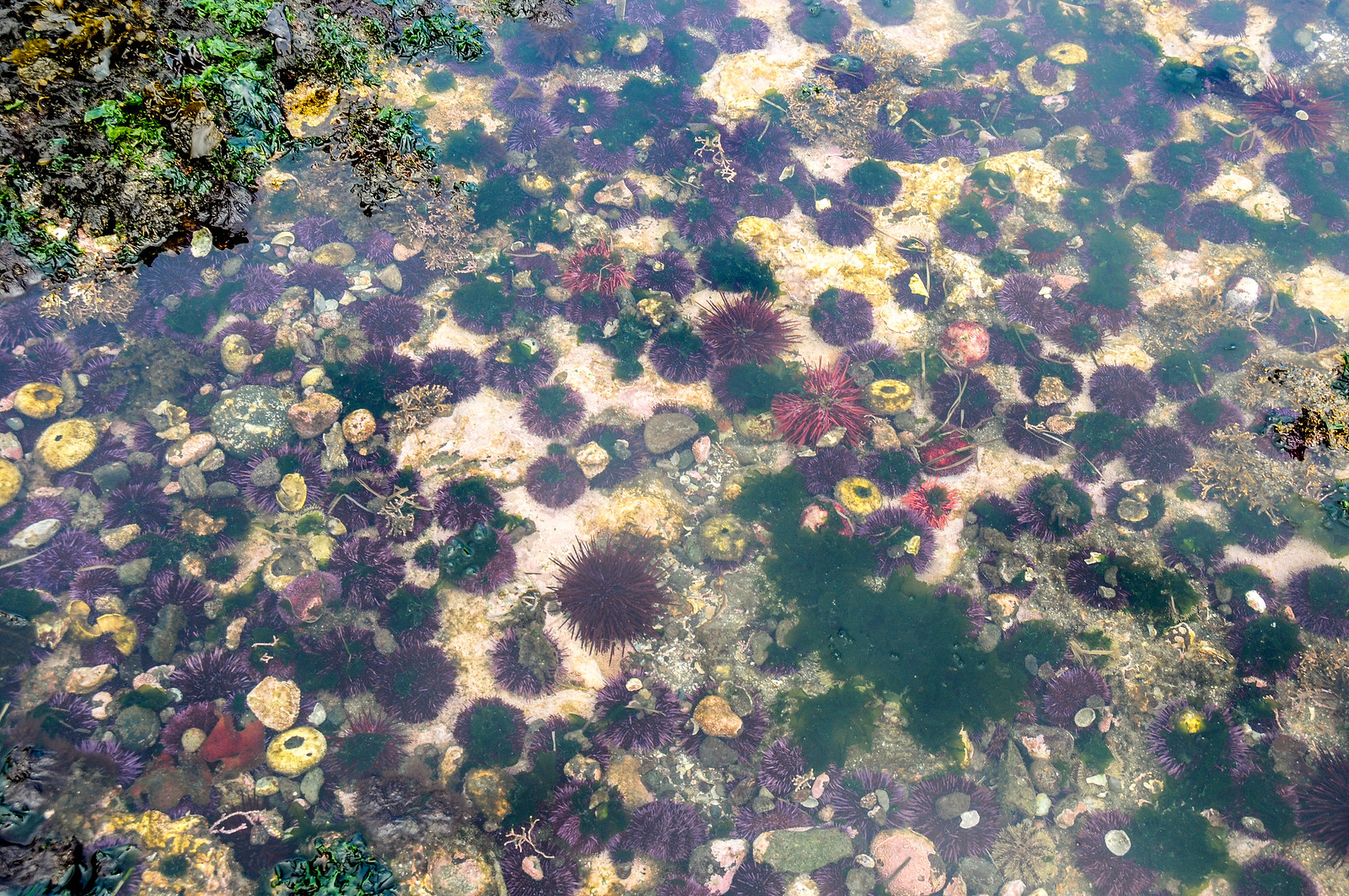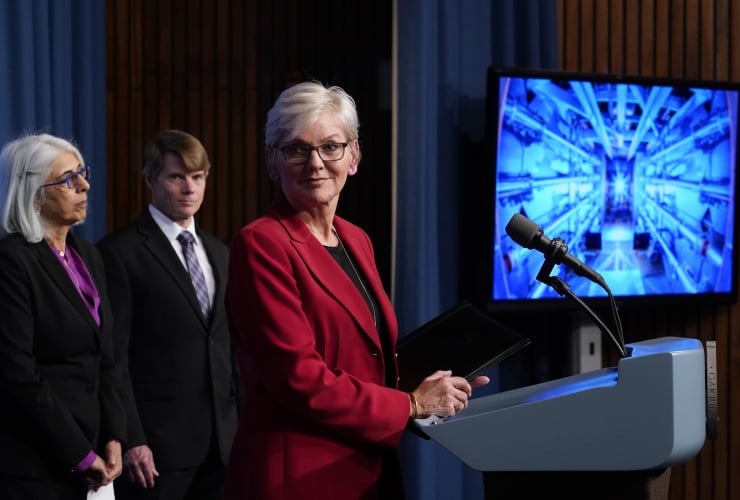This story was originally published by The Guardian and appears here as part of the Climate Desk collaboration.
Sea urchins raised in seawater with high levels of plastic pollution, including fragments collected from a Cornish surfing beach, die from developmental abnormalities, research shows.
Scientists placed fertilized urchin eggs in seawater with varying levels of plastic to compare the effects of newly made plastic pellets, or “nurdles”, with the impacts of high levels of fragments found washed up on Watergate Bay in Cornwall.
They found that the sea urchin larvae that were raised in water contaminated by pellets bought from a plastic manufacturer developed significant abnormalities at all three concentrations tested (one, five and 10 per cent of plastic). Those raised in water contaminated by nurdles collected from the surfing beach also died, but only at the highest concentrations of 10 per cent.
This suggests that newly made plastics, which still contain high levels of additives that leach out into the water, are more harmful, researchers say. Although the concentrations of plastic tested in the study are rare in the ocean, they say, the lowest concentrations, of about one per cent, could occur during spills.
The research team — from the Anton Dohrn Zoological Station, the National Biodiversity Future Center in Italy, and the University of Exeter in the U.K. — previously found that plastic additives can harm sea urchin larvae and say the new study develops this and reveals how the harm is caused.
“The larvae affected by plastic pollution showed developmental abnormalities, including malformation of the skeleton, neural and immune cells,” said Eva Jimenez-Guri from the Anton Dohrn Zoological Station and the University of Exeter.
“They also showed ‘radialization’ — meaning they lacked proper symmetrical structure, and were instead largely formless and therefore unable to survive.
“In these larvae, mitochondria (the ‘powerhouses’ of cells) didn’t work properly, and they showed signs of oxidative stress, which damages cells.
“Even if plastic is not killing animals by ingestion or entanglement, it can kill animals by the chemicals in it or on it,” Jimenez-Guri said.
“Our findings point to clear and specific detrimental effects of marine plastic pollution on the development of sea urchin larvae,” she said.
In the case of new PVC nurdles, the damage was caused by high concentrations of zinc that leached into the water. Larvae exposed to 10 per cent PVC pollution developed their gut outside their body, while the five per cent and one per cent levels also led to fatal abnormalities.
The beach-collected samples did not release high levels of zinc, as most of the additives they contained would already have been released into the sea.
However, from earlier research, the scientists determined that such particles were known to collect a variety of persistent organic pollutants.
The paper, published in the journal Science of the Total Environment, is entitled: “Plastic leachate-induced toxicity during sea urchin embryonic development: Insights into the molecular pathways affected by PVC.”
The researchers, who have identified the genes affected by the pollutants, are already investigating whether nurdles could cause similar abnormalities in other species that reply on the same genes for key early stages of development.





Comments